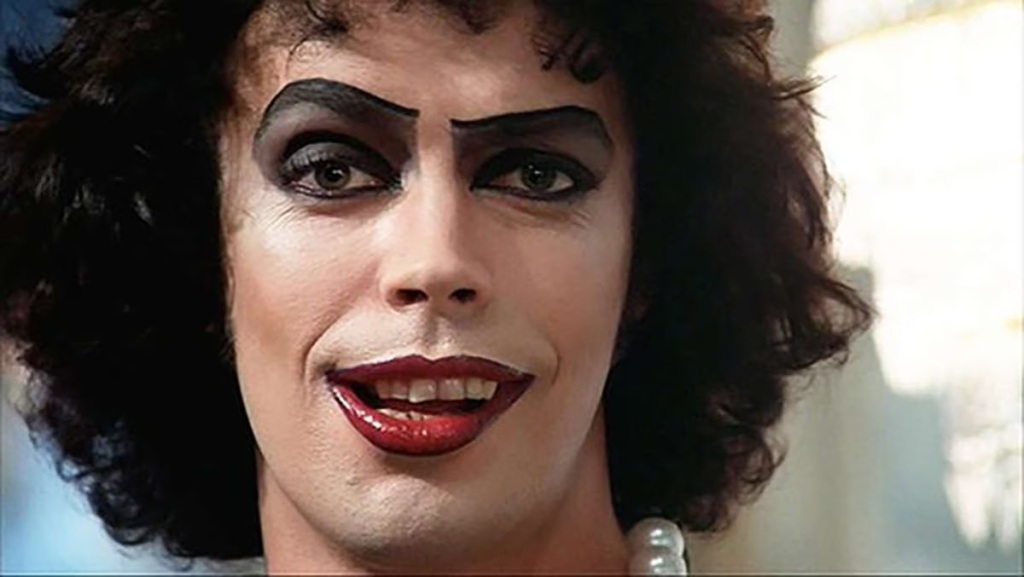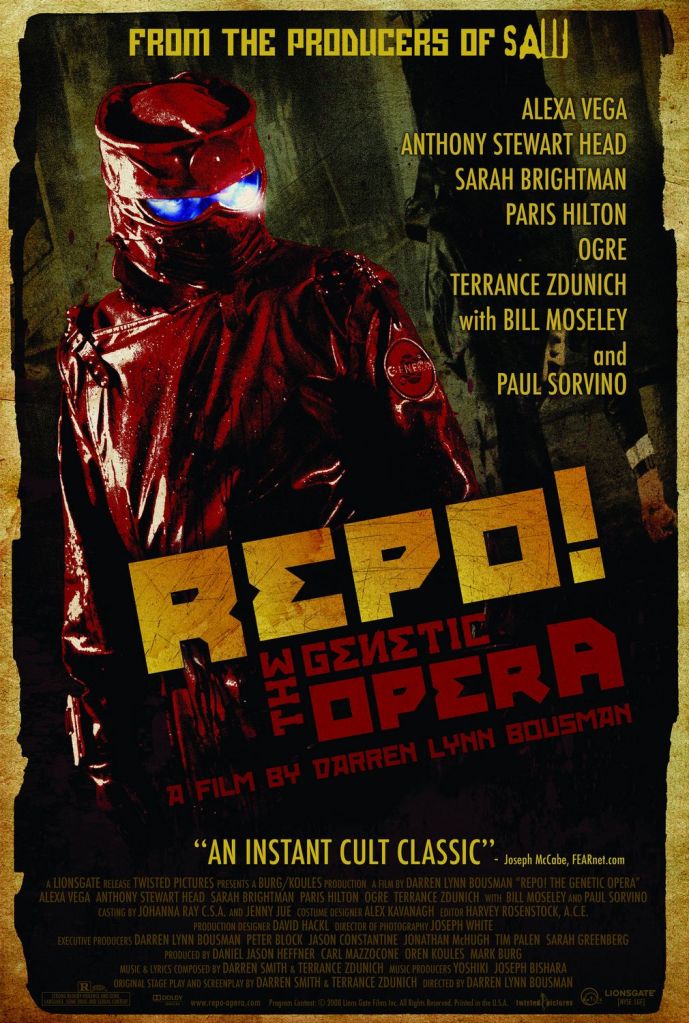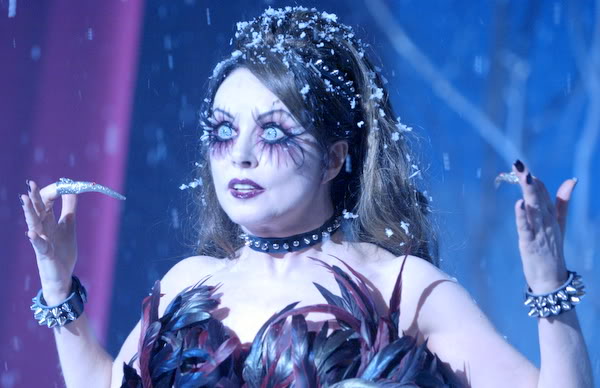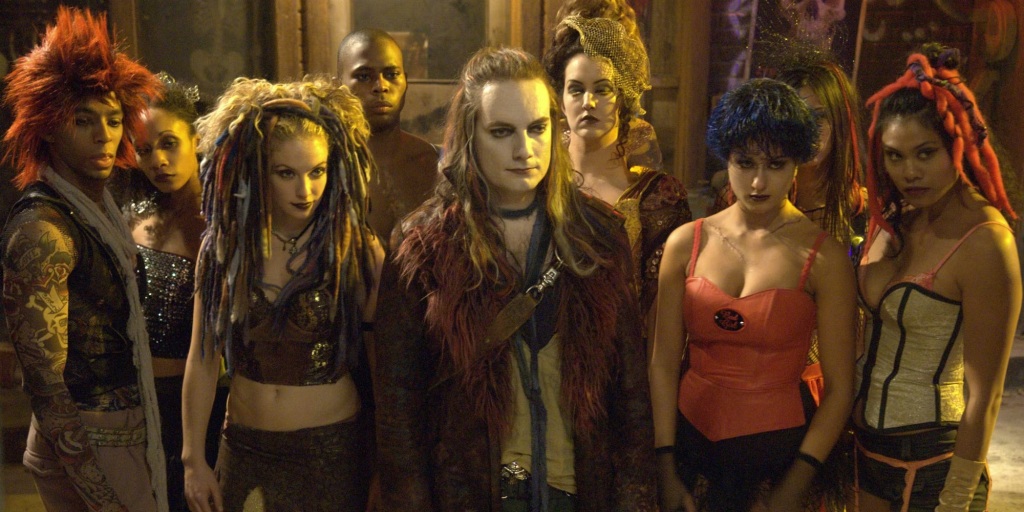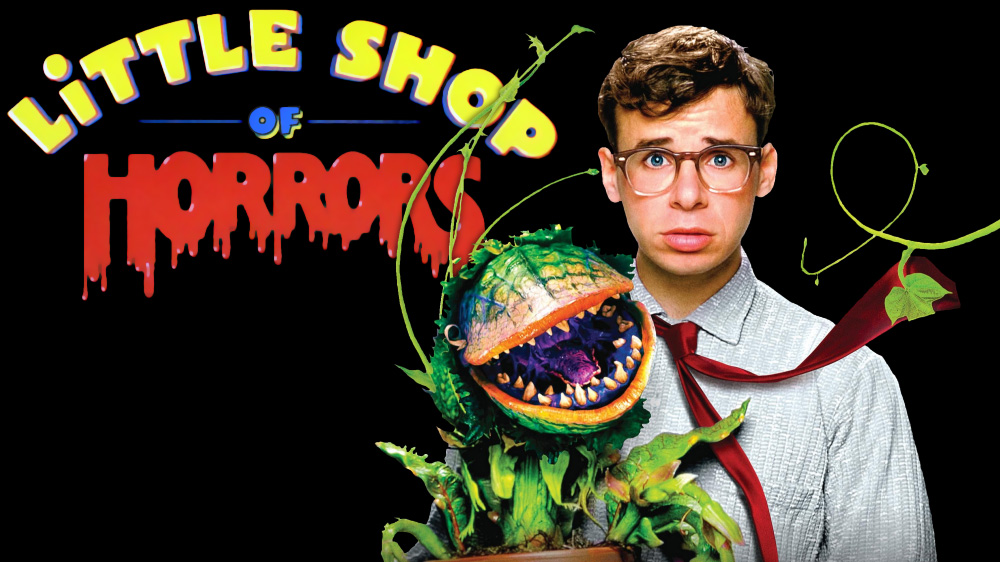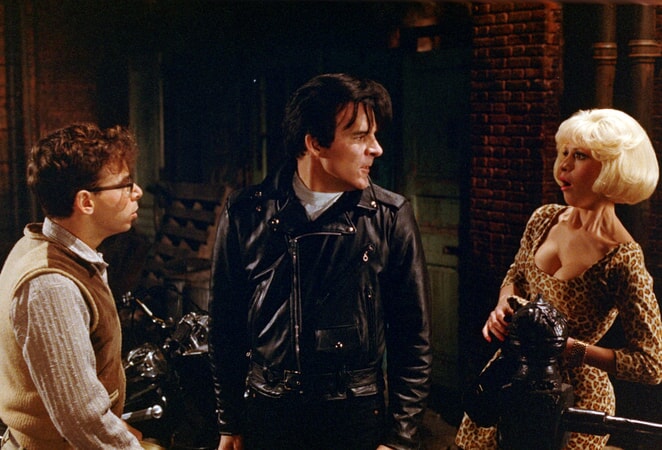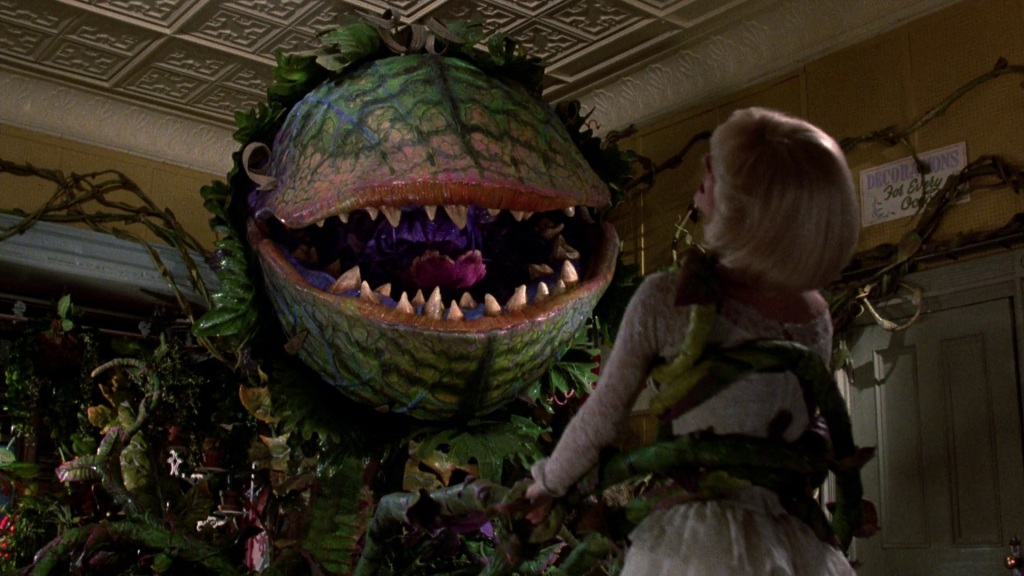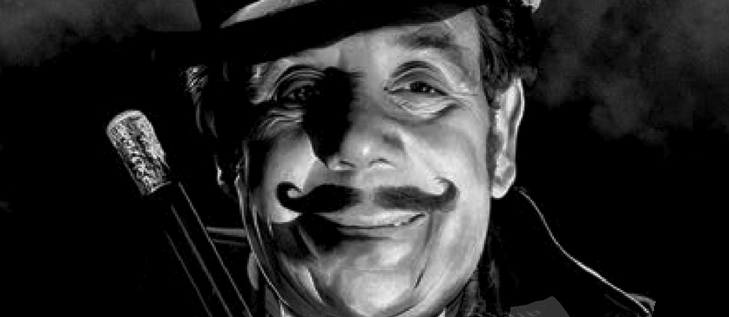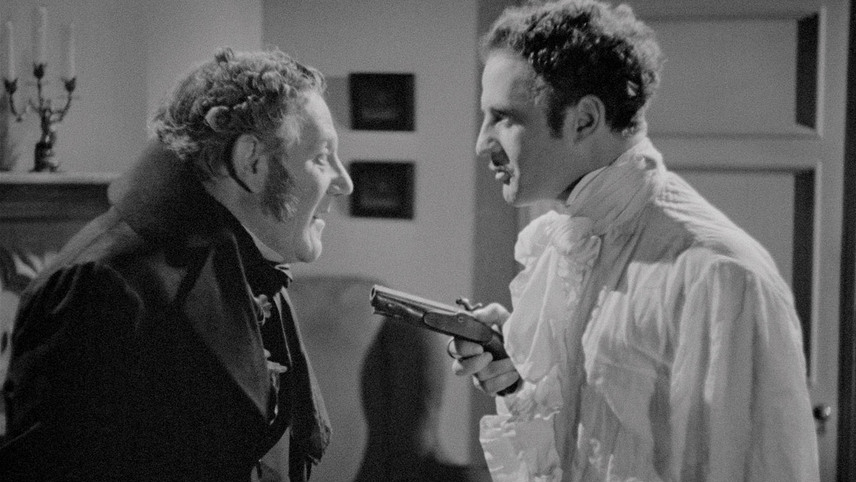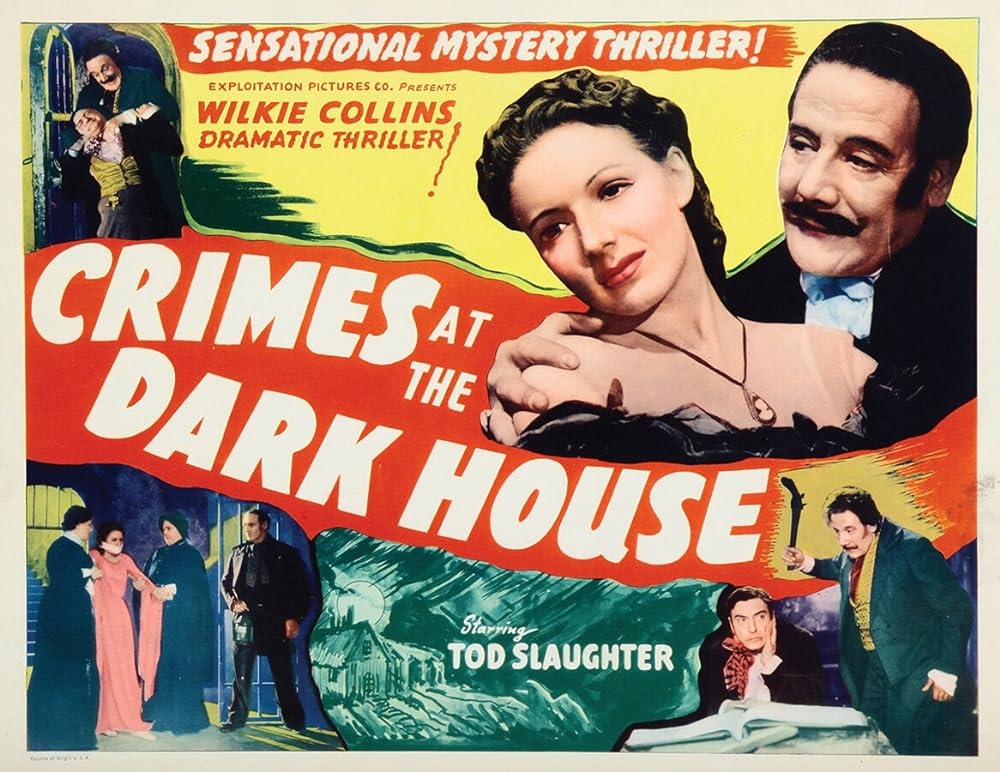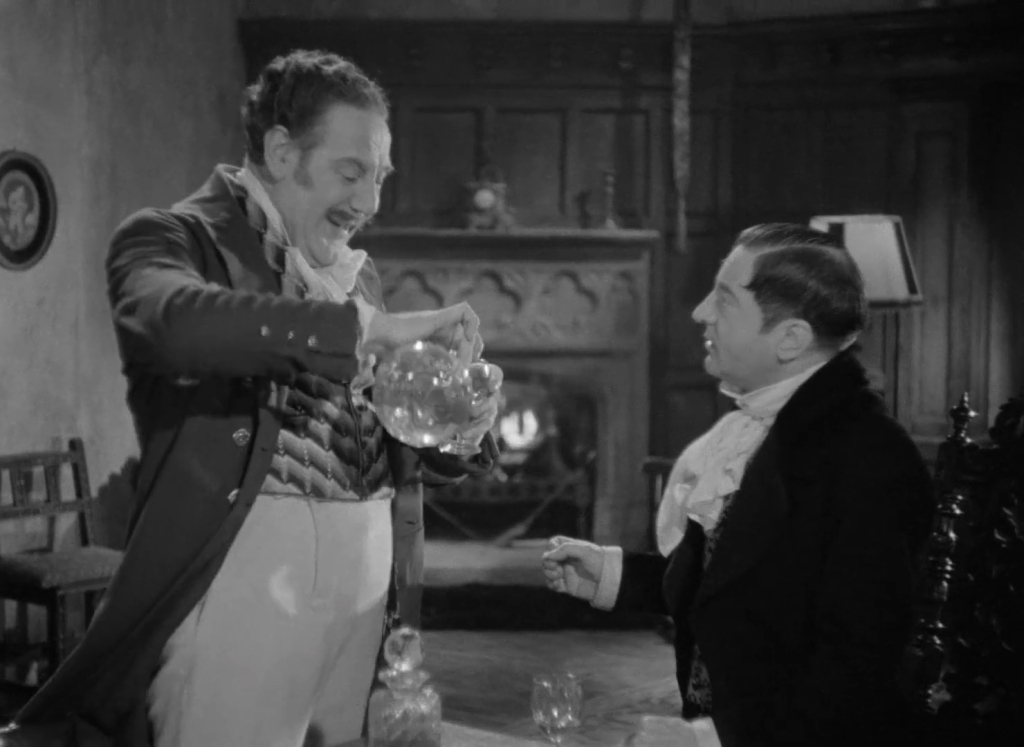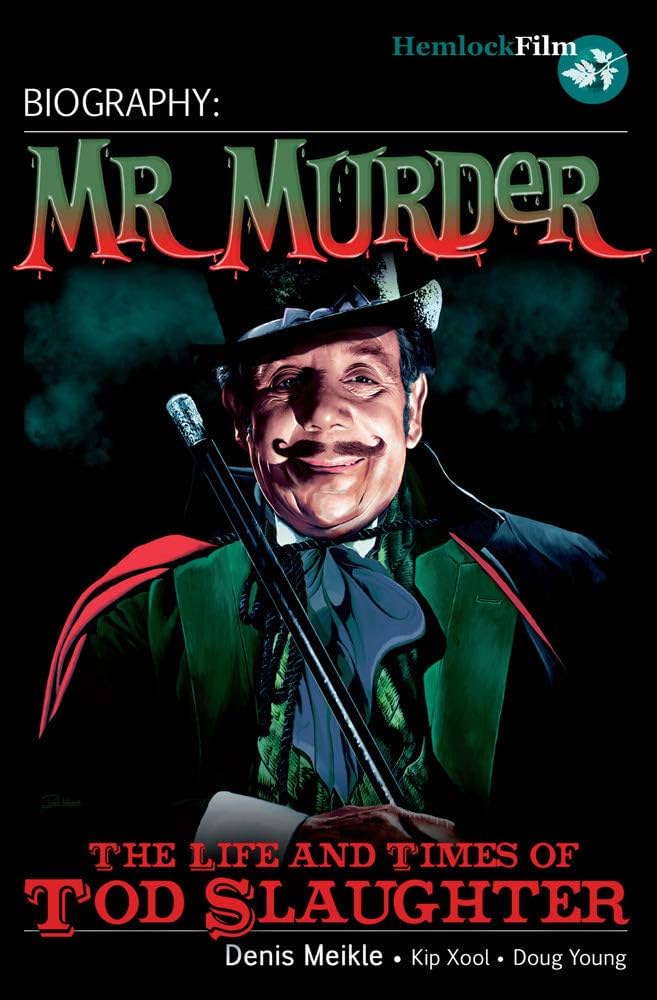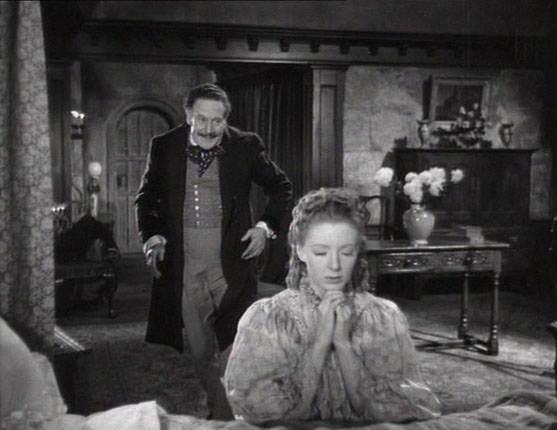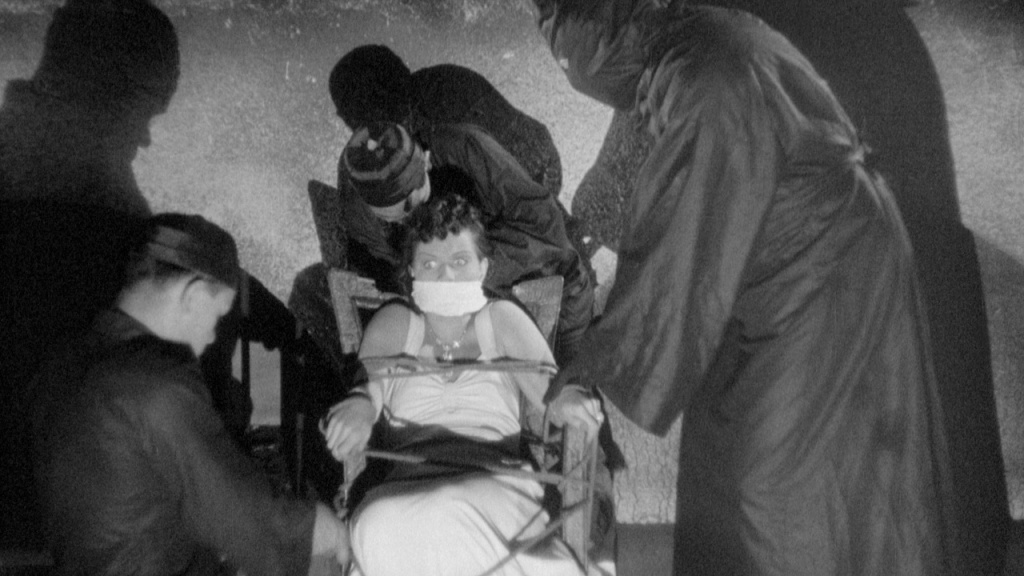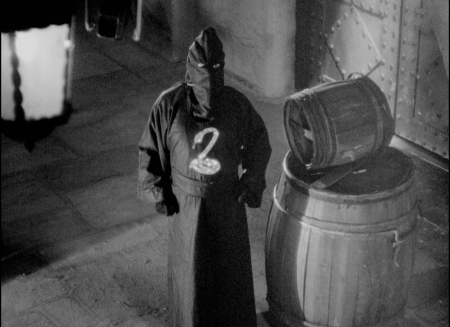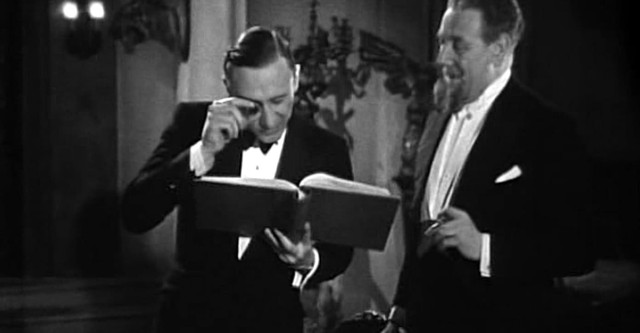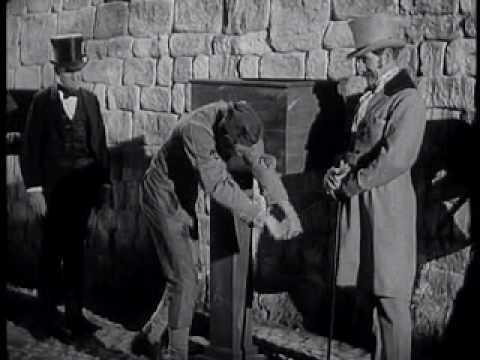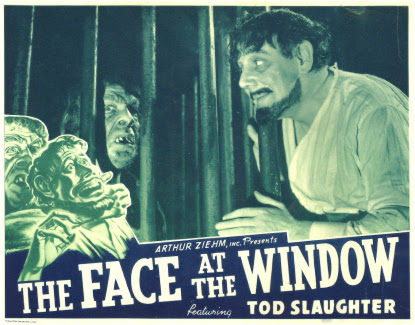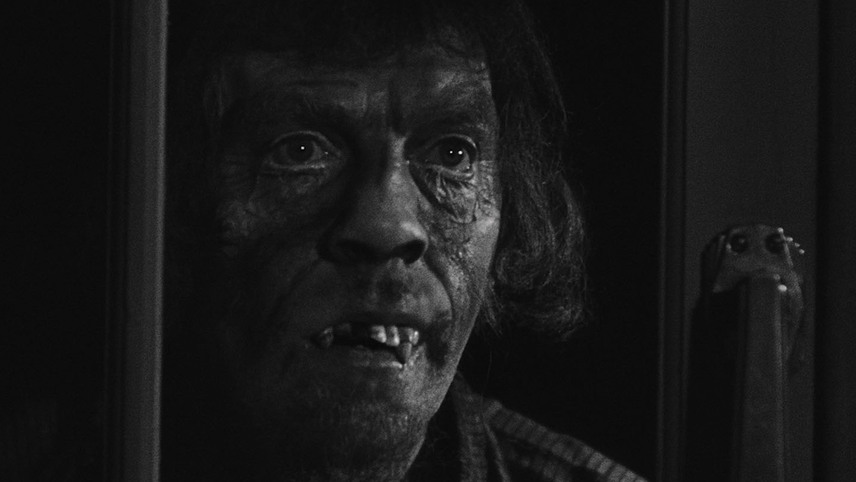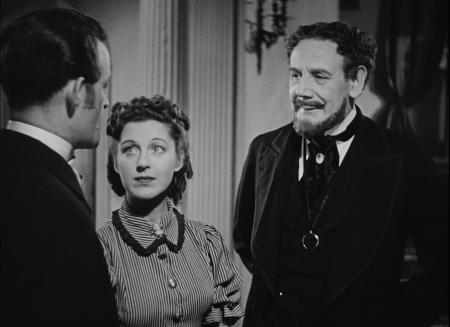May is Go Ape Month here at Monster Movie Kid and on the Classic Horrors Club Podcast. Throughout the month, I’ll be revisiting some classic articles about the franchise along with some new reviews and thoughts. Next, let’s take a look at the reimagined franchise with the first film in a trilogy, Rise of the Planet of the Apes (2011).
It had been ten years since Tim Burton’s attempt to reboot and revive the Planet of the Apes franchise. The movie had done well at the box office despite a lukewarm response from longtime fans. Ultimately, 20th Century Fox chose not to do a sequel and put the franchise to rest once again. However, there were plans brewing to try again with another reboot. This time, it would be an origin story taking the franchise into a new direction. And the result was fantastic.
In 2011, Rise of the Planet of the Apes was released and became an instant hit. Commercially successful and connecting with both old and new fans alike, it did everything right. Its’ intent was to offer something new while paying homage to the original five film series. There are no references to Tim Burton’s film. With the 2011 film, writers Rick Jaffa and Amanda Silver take ideas from the original Pierre Boulle novel and move into a new yet familiar territory under the directorial reigns of Rupert Wyatt, heading up only his second theatrical film.
The movie begins with hunters tracking down and capturing chimpanzees in a forest in a scene pulled right out of the 1968 original but with the roles reversed. Immediately, we see how stunning the CGI effects are. Now, I’m always going to enjoy traditional makeup but, when done right, CGI can be fantastic and it is just that here. Add the talented Andy Serkis and you get a lead character that looks natural. Our captured chimpanzees are headed to Gen-Sys where Dr. Will Rodman (James Franco) is testing a new cure for Alzheimer’s called ALZ-112. After seeing amazing results in a chimp named Bright Eyes (another 1968 reference), he’s ready for human testing. However, Bright Eyes goes ballistic in front of the investors and is killed. As it turns out, she was trying to protect a new-born baby. With the project shelved and all chimpanzees ordered euthanized, Will saves the baby and takes it home, where it immediately displays amazing intelligence.
It appears that the ALZ-112 drug has the side effect of advancing intelligence. Will takes the chance and administers it to his father Charles (John Lithgow), who is suffering from Alzheimer’s. The results are almost instant and the drug appears to work. Charles immediately takes to the baby chimp and names him Caesar (yes, a familiar name in the franchise). Caesar continues to grow in both size and intelligence. He acts like a human, having his own room and speaking in sign language. However, hitting that age when all children begin to question things, Caesar begins to wonder if he is simply a pet and wants to know where he came from. Will tells him about his mother and how she died.
As the effects of the drug begin to wear off and Charles begins to succumb to Alzheimer’s again, Will realizes more testing is needed. After he manages to get the project going again at the lab, things take a turn for the worse at home after Caesar’s natural violent tendencies surface after defending Charles against an angry neighbor. Caesar is removed and taken to a facility where he lives with other primates. With the new testing moving forward at a rushed pace, exposing a lab technician to what ultimately turns into a disease for the human race and Caesar growing in intelligence and becoming a leader amongst the other primates, a confrontation seems inevitable. The results are amazing.
References abound in this film and are almost too many to mention. From an orangutan named Maurice to an evil handler named Dodge Landon (Tom Felton), it’s clear the writers knew the franchise and what the fans wanted. In many ways, this movie is a remake of the original Conquest for the Planet of the Apes. With more realistic primates, it really moves the franchise into the real world. The battle on the bridge was fantastic, setting up the conflict between the intelligent apes and the stunned humans. When Caesar speaks, the looks on their faces show just how much advantage the apes have over their soon-to-be former masters.
There are two key elements in the movie that will carry the franchise forward. The disease is in the background as Caesar’s movement is building within the primate house. But, by the end of the movie, we see that the disease is a real threat, one that will have deadly effects even more present by the second film. There is also a space mission to Mars playing out on TVs in the background. We know the ship is lost by the end of the movie, a detail that will surely be picked up in a future film.
Now, nothing will replace the original films but this film was the start of something fun and entertaining. It was a huge hit at the box office, so no surprise that a sequel was ordered. Highly recommended!
Next, the apes have risen, so it’s time for the Dawn of the Planet of the Apes (2014).
A version of this article was originally published in August 2014.












